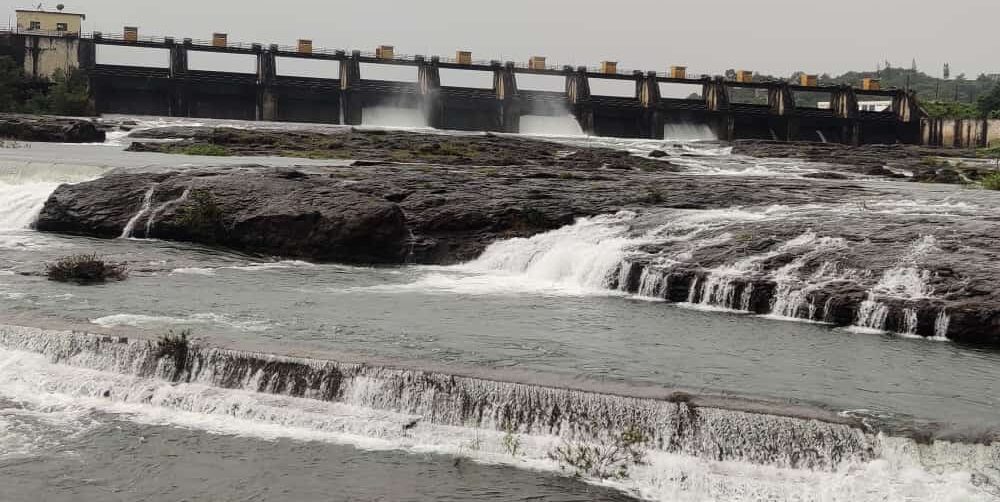Pune’s Four Dams at 89% Capacity, Raising Alarms Over Water Shortage

Pune, 22nd November 2023: Due to below-average rainfall, the four dams supplying water to the city are not at full capacity, reaching only 89 per cent. Last year, on November 20, all four dams collectively held 95 per cent of their water storage. The Water Resources Department has identified a shortage of water sufficient for the city for the next two months, despite the current absence of water scarcity.
Pune relies on water from the Temghar Dam, Varasgaon Dam, Panshet Dam, and Khadakwasla Dam of the Khadakwasla Dam Project, with the eastern part of the city partially supplied from the Bhama Askhed Dam. This year, due to low rainfall, these dams have accumulated less water. The irrigation diversion for the Rabi season from the Khadakwasla Dam Project will commence from the new Mutha Ujwa canal on November 25. Typically, the Pune Municipal Corporation draws one and a half to one and a half TMC of water from the municipal dam each month, but this year it will be reduced to one TMC per month due to the water shortage.
In a meeting of the canal advisory committee, the Water Resources Department urged PMC to use water judiciously, reserving enough for drinking purposes and releasing the remaining water for agriculture. Deputy Chief Minister of Maharashtra and District Guardian Minister Ajit Pawar also instructed PMC to conserve water in the same meeting last month.
Considering the increasing population, migration, and villages included in the municipal corporation, a demand was made for a water quota of 20 TMC for Pune. However, the Maharashtra Water Resources Regulatory Authority has sanctioned only 12.86 TMC as per their criteria, clarifying that the increased quota cannot be approved. Additionally, 15 TMC of water will be reserved in the dam to supply water to Pune City until July 2024.
With Lok Sabha and Vidhan Sabha elections approaching in the new year, the authorities cannot afford to cut water supply in urban and rural areas. The equitable distribution of available water in dams will become even more challenging in this context.
Currently, there is a total water storage of 25.96 TMC (89.05 per cent) in all four dams. Last year, by November 20, the dams had 27.82 (95.41 per cent) water storage. As summer approaches, the water demand is expected to increase, and factors like water evaporation, theft, leakage, irrigation in rural areas, and inadequate water storage may lead to a rise in the number of water tankers. The Water Resources Department is expressing concerns about the possibility of a significant water shortage.






